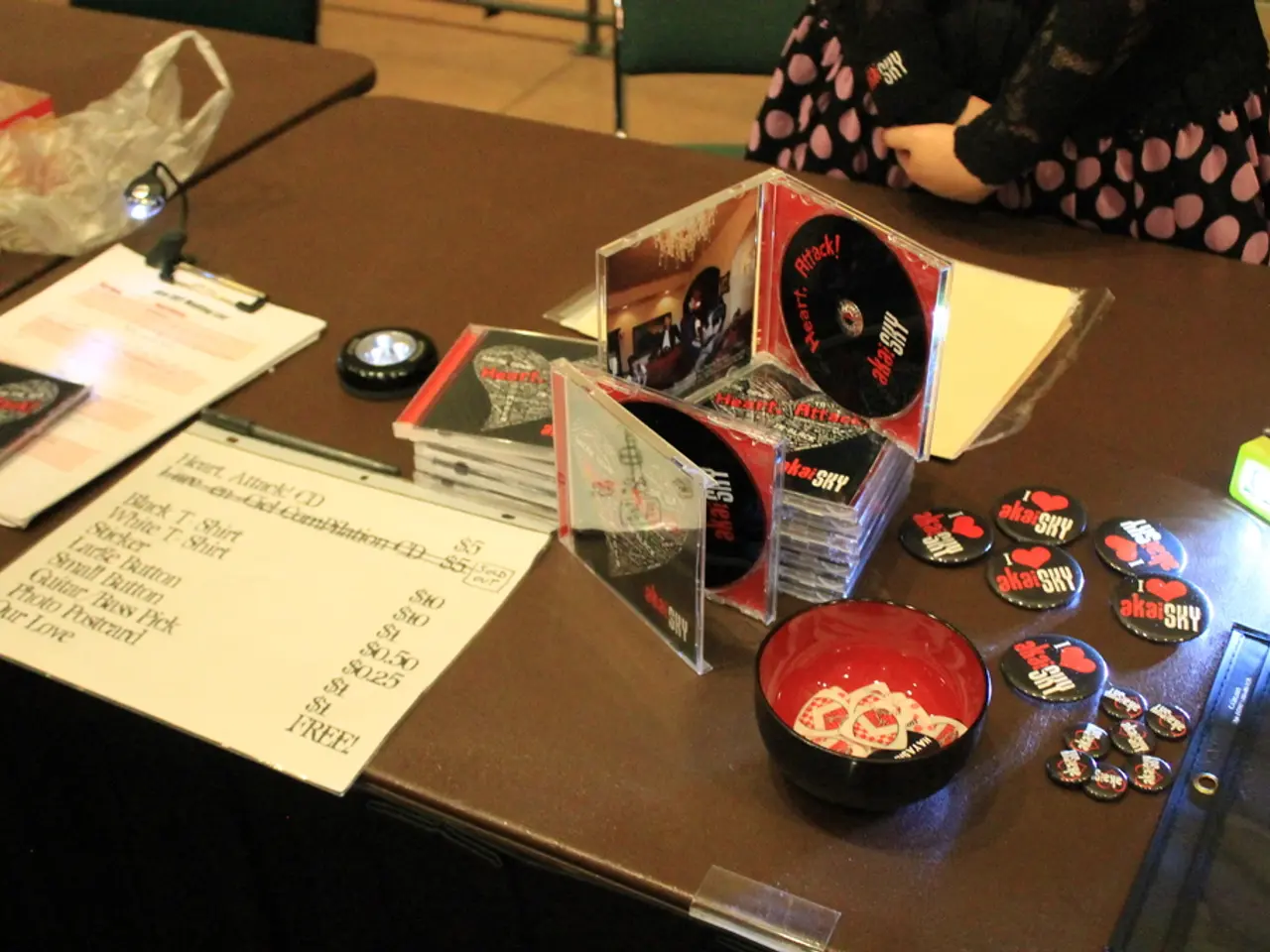Methods for Evaluating the Efficiency ofRemote Employees in 2025
Curious about how to measure remote workers' productivity without stifling job satisfaction? Here's the lowdown!
To begin with, focus on performance metrics like task completion and quality over mere hours logged online. By doing this, remote teams can flourish and meet expectations without feeling overseen every second.
Here's what you can do:
- Set Concrete Goals: To ensure remote team members succeed, outline clear objectives and connect them to corporate goals. Define key performance indicators (KPIs) and realistic deadlines to guide your team towards their targets.
- Mind the Micromanagement: With a growing desire for flexibility in the workplace, resist the urge to micromanage. In a Deloitte study, 94% of employees expressed that work flexibility would benefit them.
However, Toggl's 2025 Productivity Index report shows that 67% of leaders still believe the traditional 9-to-5 workday is essential for productivity and revenue. Remember, an overreliance on micromanagement can create more issues than benefits, both for remote and traditional workplaces.
- Account for Flexibility: Remote work opens up the possibility for adjustable work schedules, allowing people to tailor their routines to their needs and boost productivity. Understand that everyone works differently – whether they're night owls, early birds, or time blockers, help them align their schedules with project demands and personal preferences.
- Communicate Openly: Employees thrive under honest communication. Regular check-ins, one-on-ones, and feedback sessions should be part of any culture, especially in remote teams.
- Support Well-being: Healthy, well-rested, and motivated employees deliver the best performance. Encourage your remote employees to take breaks, work in a comfortable environment, and access mental health resources when needed to maintain a harmonious work-life balance.
With these strategies in place, here are some key metrics to track:
- Task Completion Rate: This metric focuses on completed tasks within a specific timeframe. It's essential but should be combined with additional metrics such as quality of work and collaboration to gauge overall performance.
- Quality of Work: Evaluate this based on feedback from clients, leaders, and peers, as well as consistent results.
- Time and Productivity Tracking: Use tools like Hubstaff for insights on work trends and transparency without compromising employee trust. Tools should foster productivity, boost visibility, and support teams – never be used to scrutinize every minute.
- Collaboration and Communication: Communication is key to success. Ensure your team is responsive, available when needed, and engaging across different channels. Aim for productive, meaningful collaboration rather than numerous meetings or time-sinks.
- Job-Specific Metrics: KPIs vary depending on the team and work they perform. Establish clear KPIs based on the team's goals and business objectives. For example, customer support agents, developers, marketers, sales representatives, and field services may have unique KPIs that align with their roles.
By adopting these strategies and tracking key metrics, you can effectively measure productivity in remote teams without sacrificing autonomy or employee well-being.
- Incorporate tools like Hubstaff for time and productivity tracking, ensuring insights on work trends and transparency without compromising trust among remote team members.
- To foster productivity and boost visibility, utilize task management software like Hubstaff to create and manage to-do lists, enabling employees to work efficiently and monitor their progress.
- In the realm of education-and-self-development and personal-growth, remote workers can take advantage of Hubstaff's integration features with numerous learning platforms, enhancing their skill sets and contributing to their personal growth.
- Emphasize the importance of Hubstaff for demonstrating productivity in a remote work environment, where task completion rates, quality of work, collaboration, and communication can be effectively tracked and improved, ultimately supporting team success and overall business goals.




